Why Your Lips Are Always Chapped (And How to Actually Fix Them for Good)
As someone who’s been obsessed with skin for years, from prepping faces for photoshoots to helping friends with stubborn skin issues, I can tell you one thing for sure. The most common, annoying, and misunderstood problem that pops up, especially when the weather turns, is chapped lips. It feels like such a minor issue, but that constant tight, peeling, and sometimes painful feeling is genuinely miserable. So many of us just accept it as a fact of life, but it’s really not. It’s just a sign that the super delicate skin on your lips is screaming for a totally different kind of help.
In this article
- Why Are My Lips So Different? The Biology Breakdown
- The Lip Balm ‘Dream Team’: What Your Lips Actually Need
- Red Flag Ingredients: What to Avoid in Your Lip Balm
- Pro-Level Techniques for Fast Healing
- My Go-To Shopping List: What to Actually Buy
- When It’s More Than Just Chapped Lips
- A Final Word: Keep It Simple
- Inspiration:
And no, the answer isn’t just grabbing any random tube of lip balm from the checkout line. To really solve the problem, you need to understand what’s actually going on with your lips, use the right stuff, and stop doing the one thing that’s making it all worse.
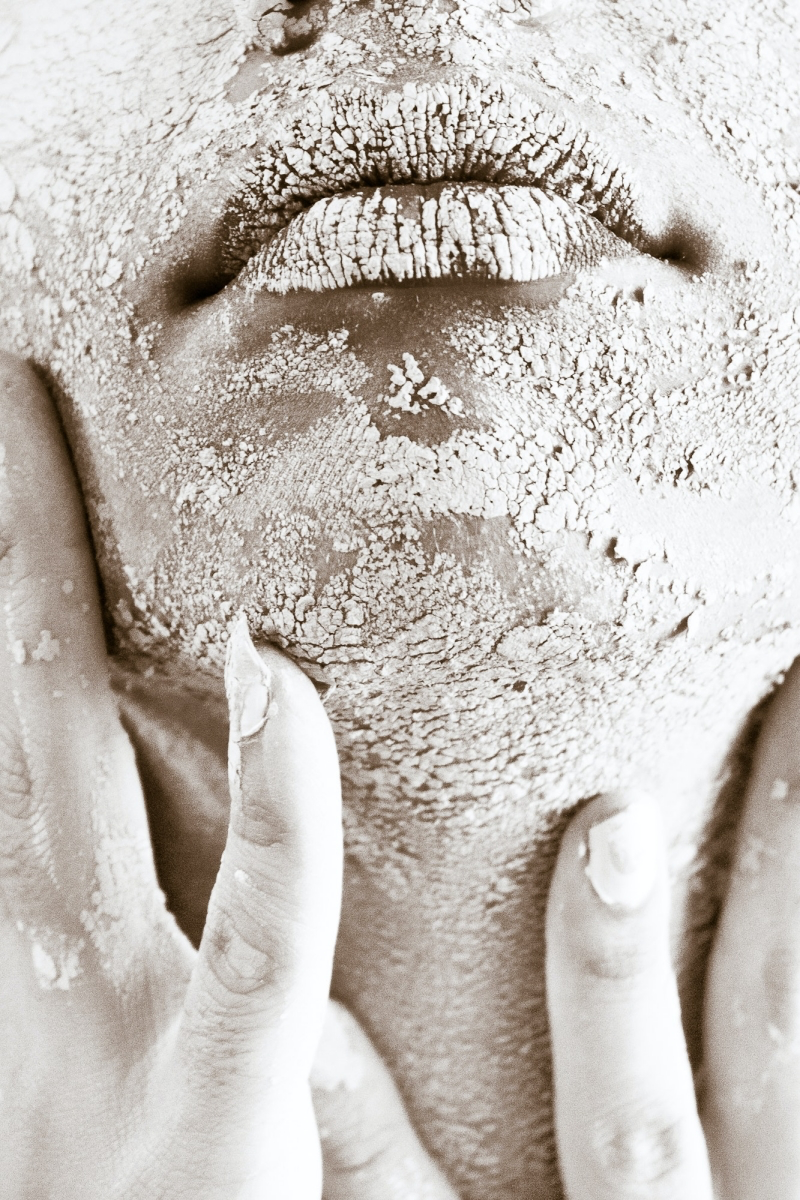
This is the complete game plan—the stuff I’ve seen work time and time again. Forget what you think you know about lip care.
Why Are My Lips So Different? The Biology Breakdown
First things first: you have to get why your lips are such drama queens compared to the rest of your skin. Their unique design is exactly why they get dry so easily.
They Have Almost No Armor
Think of your skin’s top layer as a sturdy brick wall. On your face, that wall might be 15-20 layers thick, keeping moisture locked in and irritants out. But on your lips? That wall is barely there, maybe only 3-5 layers thick. It’s less of a fortress and more like a thin screen door, offering almost zero protection against things like wind, dry air, and cold temperatures.
They Can’t Moisturize Themselves
Your skin has tiny oil glands (sebaceous glands) that produce your body’s own natural moisturizer. It’s what keeps your skin soft and protected. Your lips have none. Zero. Zilch. This means they are completely dependent on you to provide moisture and protection. Without a balm, they’re basically naked and defenseless against the world.
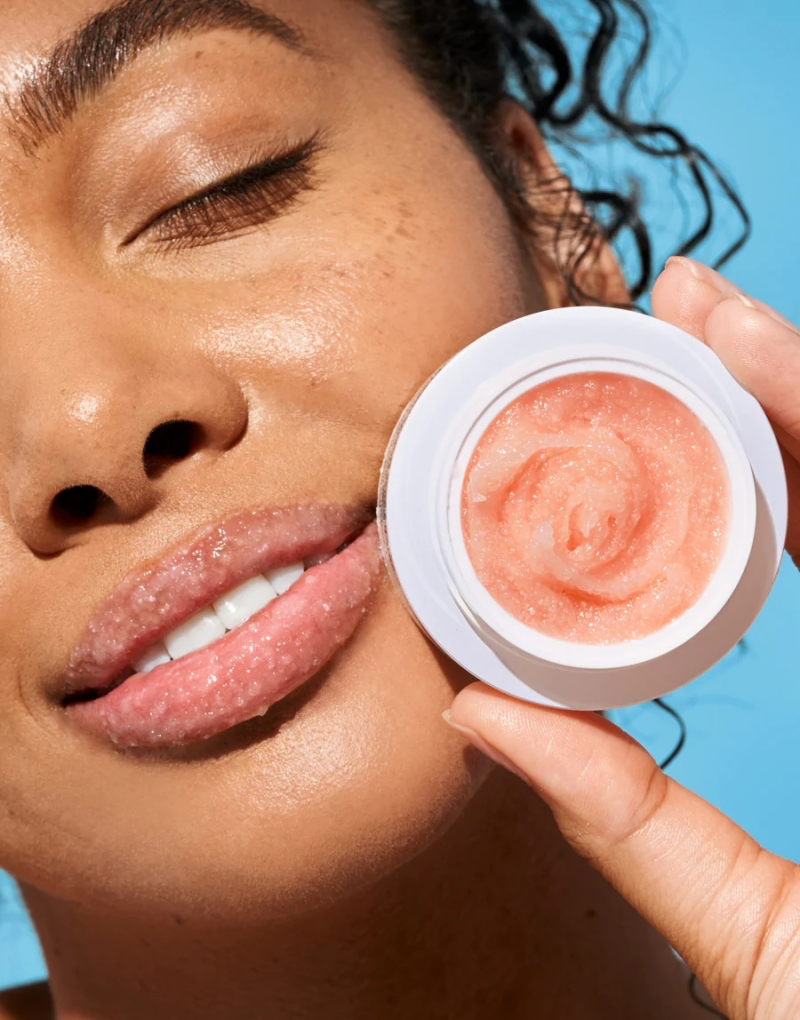
The Vicious Licking Cycle
When your lips feel dry, what’s the first thing you do? Lick them. It feels like a quick fix, but honestly, it’s the worst thing you can do. Your saliva isn’t just water; it’s full of digestive enzymes. These are designed to break down food, and they do the exact same thing to the fragile skin on your lips. So when you lick them, you’re literally coating them in a substance that eats away at their barrier. Then, the saliva evaporates, pulling even more moisture out of your lips. The result? They feel even drier a minute later, which makes you want to lick them again. And so the cycle of chapping continues.
The Lip Balm ‘Dream Team’: What Your Lips Actually Need
In the skincare world, we don’t just say “moisturizer.” A truly great lip product uses a smart combination of three different types of ingredients. Once you know what they are, you’ll be able to read an ingredient label like a pro.

1. Occlusives: The Bodyguard
These are the ingredients that create a physical shield on your lips. They don’t really add moisture, but they are superstars at sealing in the moisture you already have and stopping it from evaporating. For lips with a weak barrier, this is the most important job of all.
When you’re looking at ingredients, these are the heavy hitters:
- Petrolatum (Petroleum Jelly): To be frank, this is the gold standard. The pros I work with all agree—nothing beats it for preventing moisture loss. The cosmetic-grade version (look for ‘white petrolatum USP’ on the label) is incredibly pure and safe. It’s hands-down the best thing for healing severely cracked, painful lips.
- Shea Butter & Cocoa Butter: If you’re not into petrolatum, these are fantastic plant-based alternatives. They form a rich, nourishing barrier that still lets your skin breathe.
- Beeswax: This is a classic for a reason. It gives a balm that nice solid structure and provides a great protective layer. Heads up, though: a very small number of people are sensitive to something called propolis, which can be found in beeswax. If you find beeswax balms irritating, that could be why.
- Lanolin: This one is a powerhouse because its makeup is surprisingly similar to our own skin’s oils. It’s a great occlusive and softener. But, it’s also a more common allergen. If you’ve ever used a lip balm that seems to make your lips worse, lanolin could be the culprit.
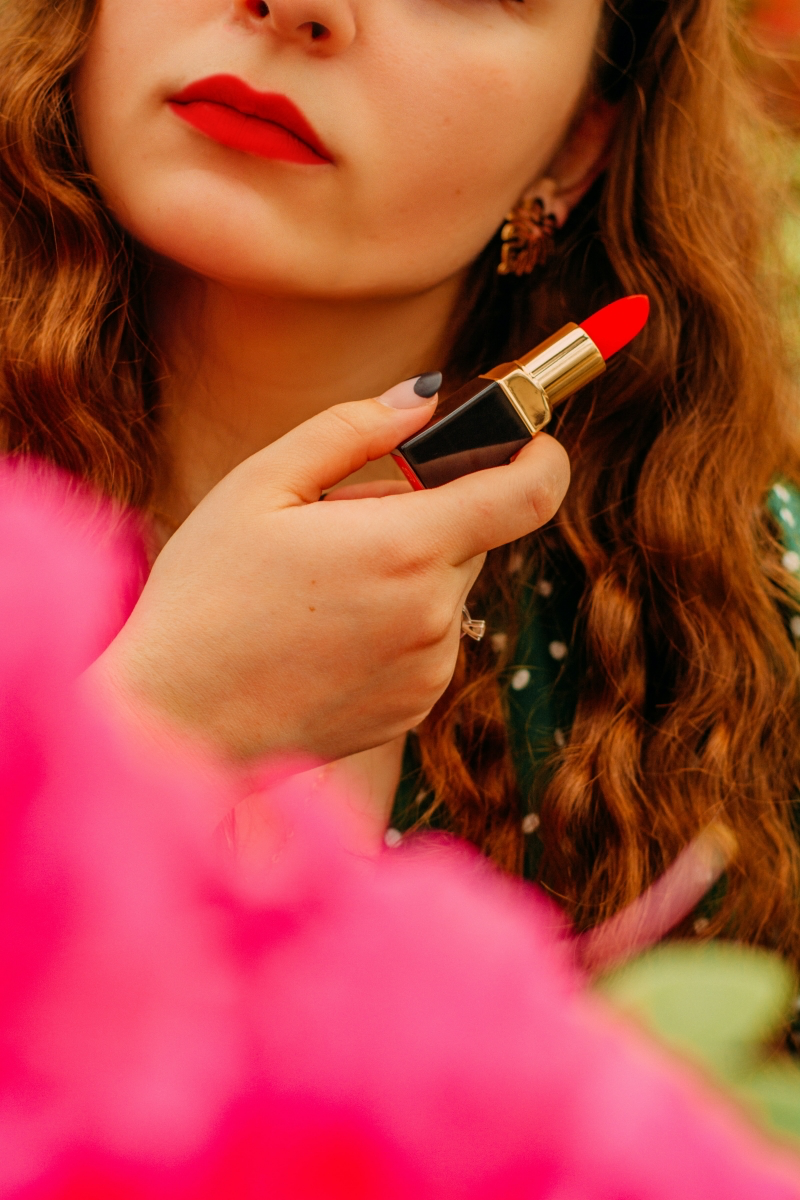
2. Humectants: The Moisture Magnet
These guys are like tiny sponges that attract and hold onto water. They can pull moisture from the deeper layers of your skin to the surface, giving your lips a boost of actual hydration.
- Hyaluronic Acid: You’ve probably heard of this one. It’s famous for holding a ton of water, providing deep hydration.
- Glycerin: A super reliable and affordable humectant that’s gentle and effective.
A quick but critical warning: Humectants need to be paired with an occlusive! If you’re in a super dry environment (like a heated office in winter), a humectant on its own can backfire. With no moisture to pull from the air, it will just keep pulling moisture from deep within your skin, making you drier in the long run. You need that occlusive “bodyguard” to trap the moisture it attracts.
3. Emollients: The Softener
Emollients are the oils and butters that sink in and fill the gaps between skin cells. They are what give your lips that smooth, soft, and flexible feeling.
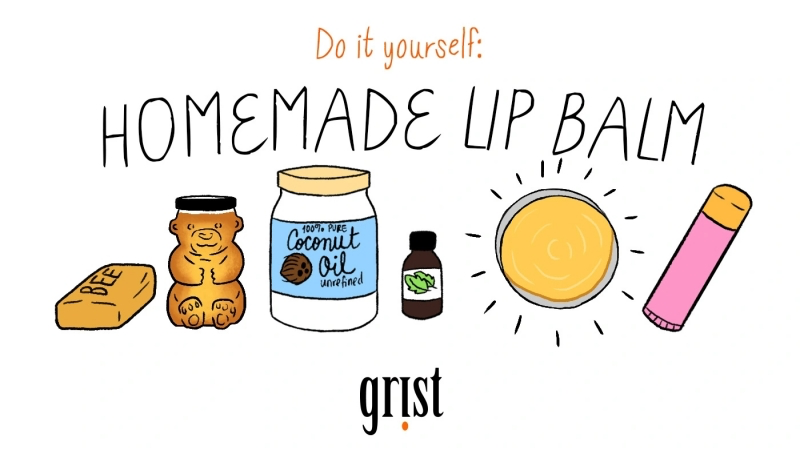
- Squalane & Jojoba Oil: Both of these are fantastic because their structure is very similar to your skin’s natural oils. They sink in beautifully without feeling greasy.
- Ceramides: These are lipids that are a natural part of your skin barrier. Think of them as the “mortar” between your skin cell “bricks.” Adding them topically helps repair a damaged barrier from the inside out.
Red Flag Ingredients: What to Avoid in Your Lip Balm
If you feel “addicted” to your lip balm—like you have to reapply it every 30 minutes—it’s probably not working. It’s likely causing low-grade irritation. Check the label for these common culprits:
- Menthol, Camphor, Phenol: That “medicated” tingle or cooling sensation? It’s not a sign of healing. It’s a sign of irritation that can dry out your lips and worsen the chapping cycle.
- Fragrance & Flavorings: Things like mint, cinnamon, and citrus oils are notorious irritants for sensitive lip skin. Unscented is almost always better.
- Drying Alcohols: You’ll sometimes see ‘SD alcohol’ or ‘denatured alcohol’ high up on an ingredients list. These are very drying and have no place in a healing lip product.
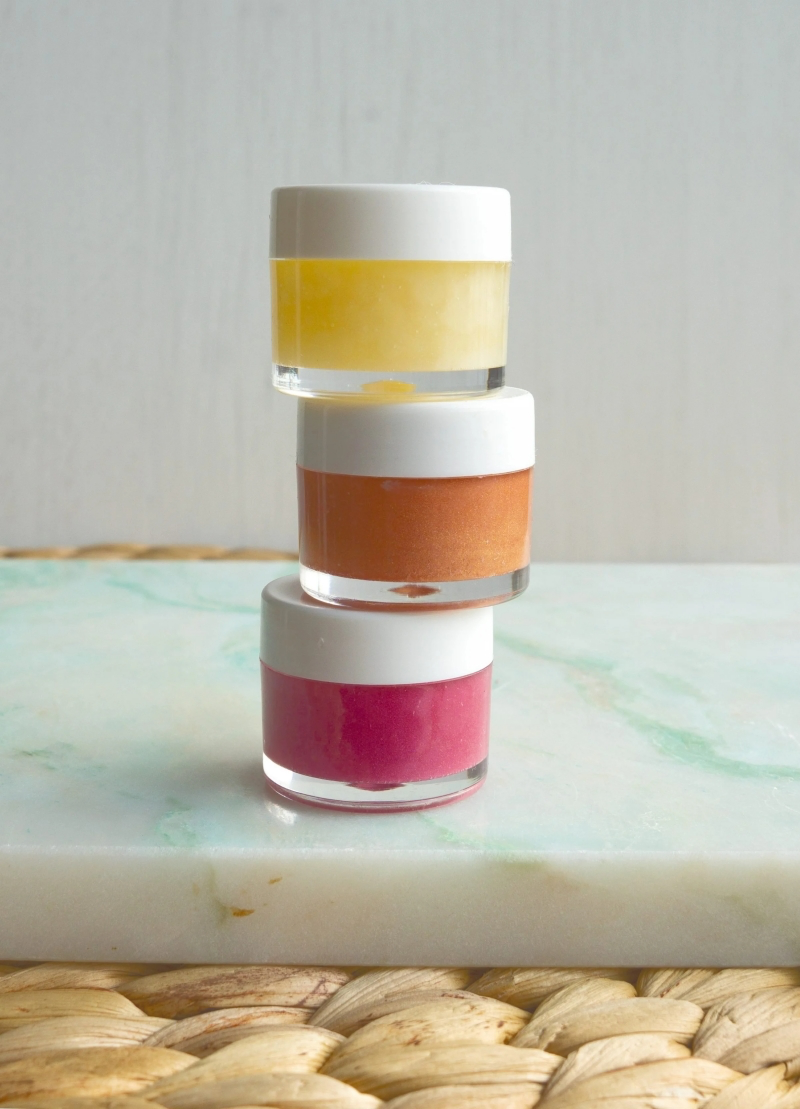
Pro-Level Techniques for Fast Healing
Having the right product is only half the battle. How you use it can make all the difference.
The ‘Soak and Seal’ Method
This is my number one trick for healing angry, chapped lips, and you can see a huge difference overnight. Applying balm to bone-dry lips is like trying to water a dusty plant—it just sits on top.
- Soak: Wet a cotton pad with lukewarm water and hold it on your lips for a minute or two. Don’t use hot water!
- Seal: While your lips are still damp, immediately slather on a thick layer of an occlusive-heavy balm. Pure petroleum jelly is perfect for this.
Quick Tip: The easiest way to make this a habit is to do it right after you shower or wash your face, when your lips are already damp. Just apply your heavy-duty balm right then and there before the water has a chance to evaporate.
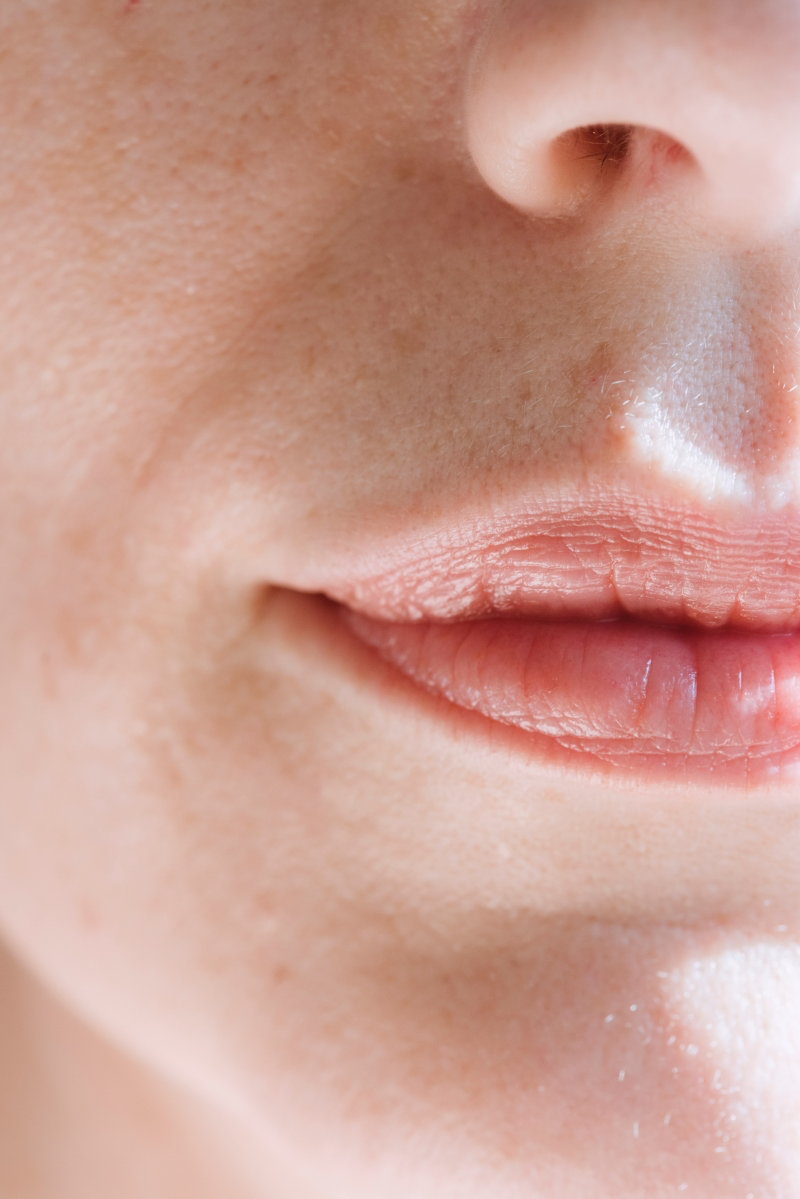
How to Exfoliate (Without Wrecking Your Lips)
I have seen so much damage from people aggressively scrubbing their lips with harsh sugar scrubs. You’re often just creating tiny tears in the skin, making the problem way worse.
Only exfoliate when you have flakes of skin that are already loose and lifting. If your lips are raw or painful, don’t even think about it.
The best way? After a warm shower, when your skin is soft, take a damp, soft washcloth and gently rub your lips in a small circle for about 15 seconds. The loose skin will slough off easily. Anything that doesn’t come off isn’t ready. Leave it alone. If you absolutely feel the need for a scrub, you can make your own by mixing a tiny pinch of brown sugar with a drop of jojoba oil or even your lip balm. Use ZERO pressure.
My Go-To Shopping List: What to Actually Buy
Okay, theory is great, but you want to know what to grab at the store. Here are a few tried-and-true options at different price points.
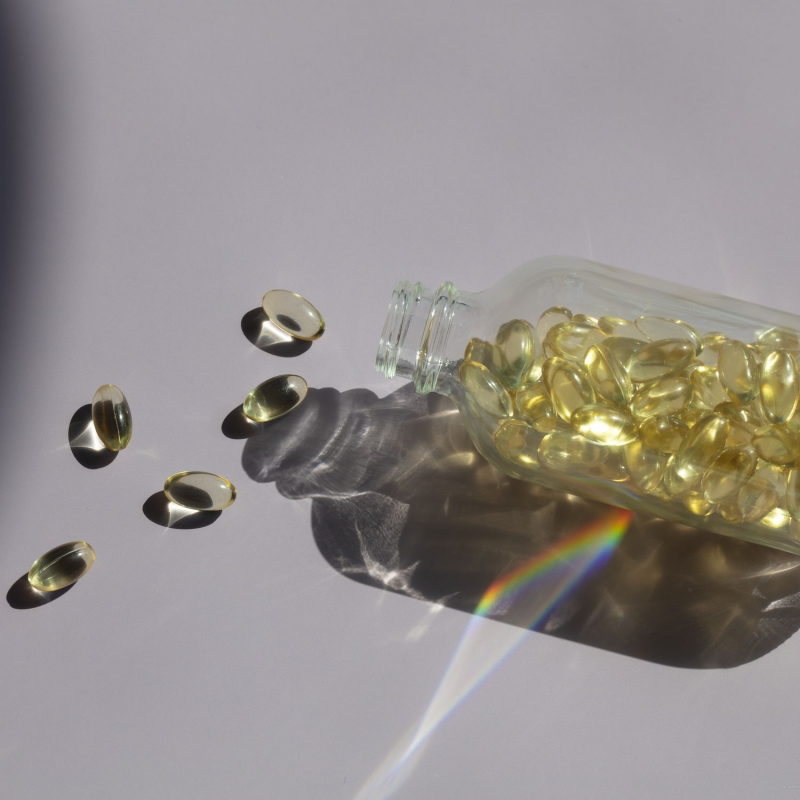
- The Unbeatable Drugstore Hero: You honestly can’t beat Aquaphor Healing Ointment or classic Vaseline. They are pure, effective occlusives that dermatologists recommend for a reason. A tube will cost you maybe $5-$7 at Target or any pharmacy and will last forever.
- The Mid-Range Workhorse: If you want something that feels a bit more elegant for daytime use, look for La Roche-Posay Cicaplast Lips. It has a great mix of emollients and occlusives and runs about $10. It’s fantastic for repairing a damaged barrier without feeling goopy.
- Worth the Splurge: For something with SPF, the Jack Black Intense Therapy Lip Balm SPF 25 is a cult favorite for a reason. It costs around $10-$12 but protects from the sun while healing with shea butter and avocado oil. Just make sure you get the fragrance-free version if you’re sensitive!
When It’s More Than Just Chapped Lips
If you’re doing everything right and your lips still won’t heal, it might be time to consider something else is going on.
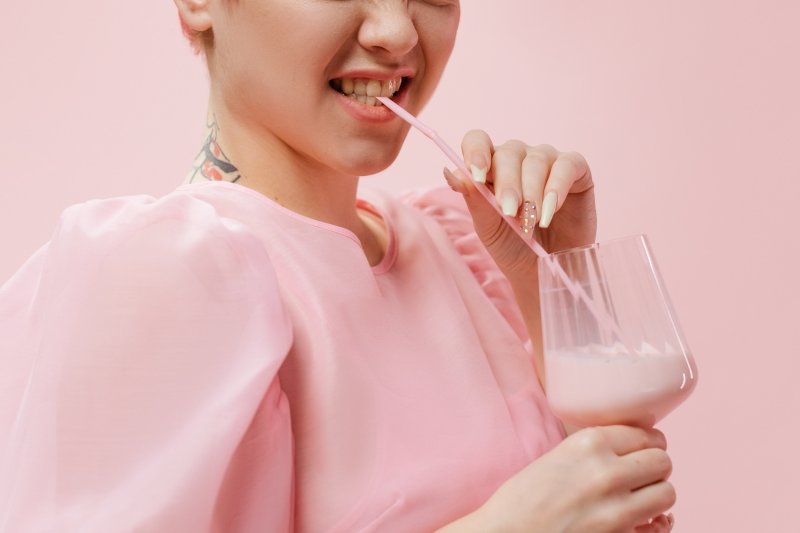
- Cracks at the Corners of Your Mouth: If you have painful, inflamed cracks right at the corners, this is likely a condition called Angular Cheilitis. It’s often caused by a yeast or bacterial issue from saliva pooling there. Lip balm will NOT fix this and can sometimes make it worse. You’ll need to see a doctor for a proper diagnosis and possibly a prescription cream.
- A Suspected Allergy: If your lips feel better for a minute after applying balm, then get even drier, you might be allergic to an ingredient. Try a “lip elimination diet”: stop using all lip products and switch to just pure petroleum jelly for two weeks. If your lips heal, you know one of your old products was the problem.
- A Spot That Won’t Heal: Your lips have very little natural sun protection. If you have a scaly patch or sore on your lip that just doesn’t heal, please see a dermatologist. It’s essential to rule out sun damage (Actinic Cheilitis). This is why a daily lip balm with SPF 30+ is non-negotiable. Mineral sunscreens with zinc oxide are often the gentlest choice.

A Final Word: Keep It Simple
After all these years, I’ve learned the best solutions are usually the simplest. Healthy lips don’t require a 10-step routine or a $50 balm. It all boils down to two things: protecting your barrier with a good, simple occlusive (especially at night!) and avoiding common irritants. Listen to your skin—if it stings, it’s not working. Be gentle, be consistent, and your lips will thank you for it.
Inspiration:
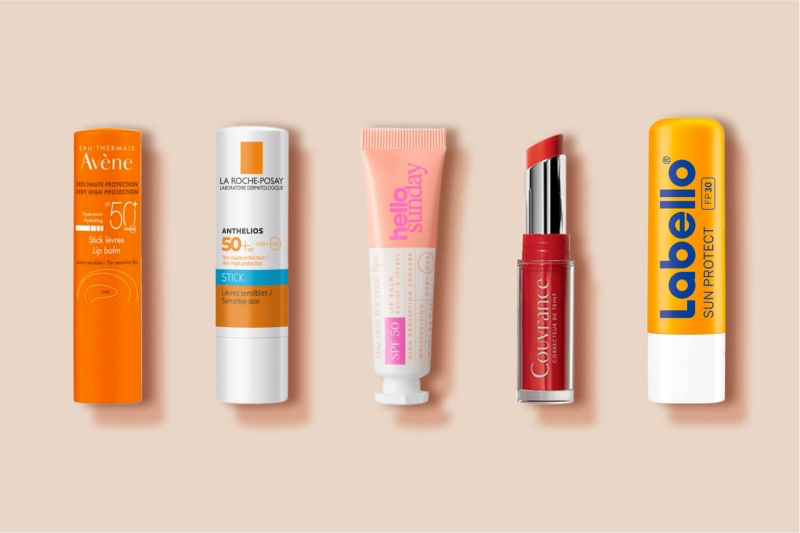
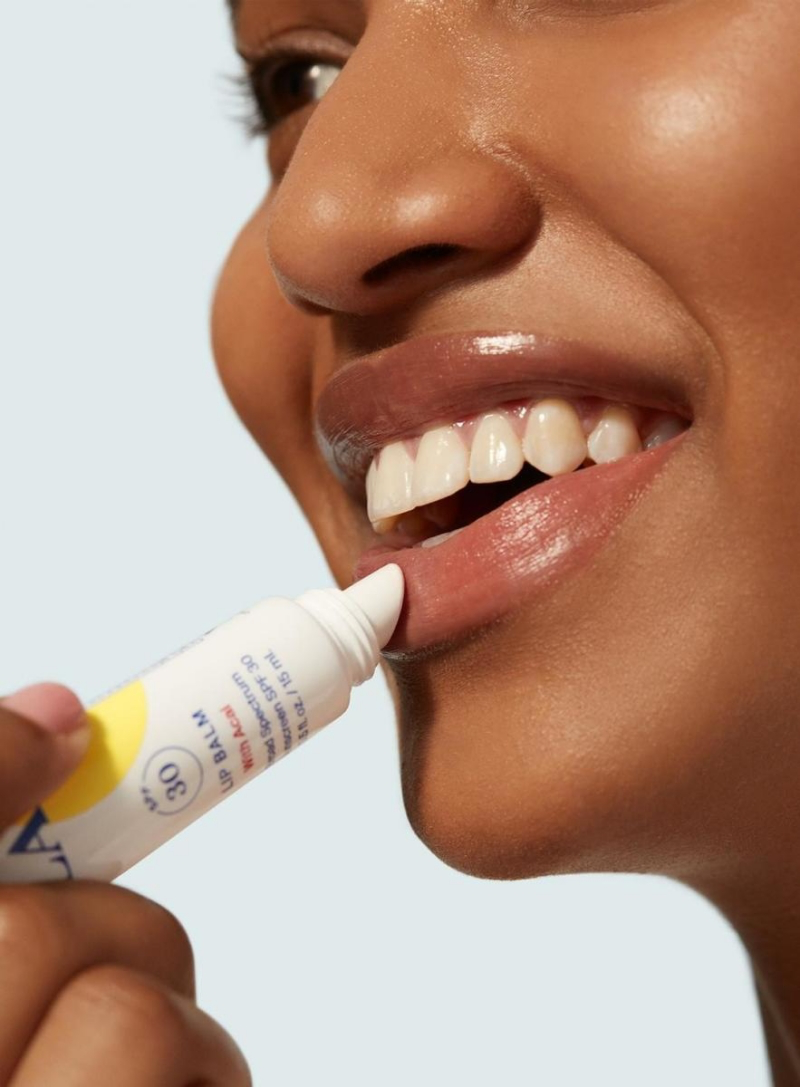
Look for this: Lanolin, ceramides, and shea butter. These ingredients mimic the skin’s natural barrier, deeply healing and protecting. Think of the rich, restorative feel of La Roche-Posay Cicaplast Lips or Lanolips 101 Ointment.
Avoid this: Menthol, camphor, and strong fragrances. They can create a temporary cooling sensation but may actually irritate and dry out your lips in the long run, leading to a cycle of reapplication.
The goal is to heal, not just mask the dryness.
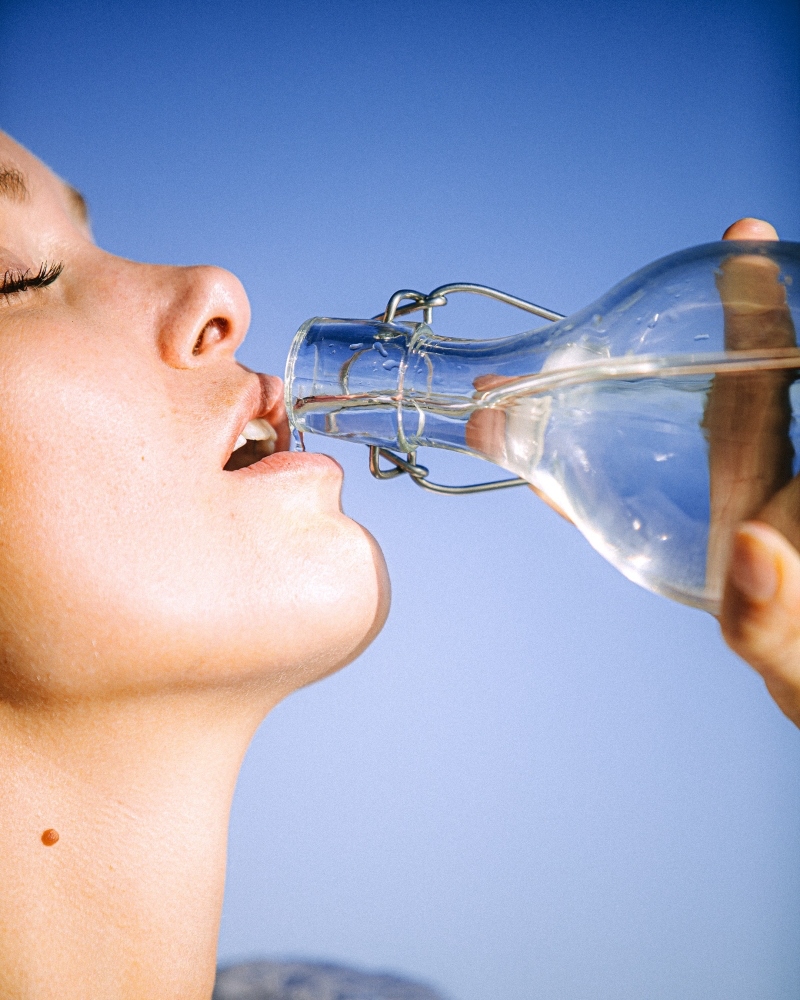
The lower lip is 12 times more likely to develop skin cancer than the upper lip due to its angle and higher sun exposure.
This startling fact highlights a non-negotiable rule of lip care: daily SPF is essential. Sun damage doesn’t just cause chapping; it breaks down collagen, leading to thinning lips and fine lines over time. A dedicated SPF 30+ lip balm, like those from Supergoop! or EltaMD, isn’t a summer luxury—it’s your lips’ best year-round defense.
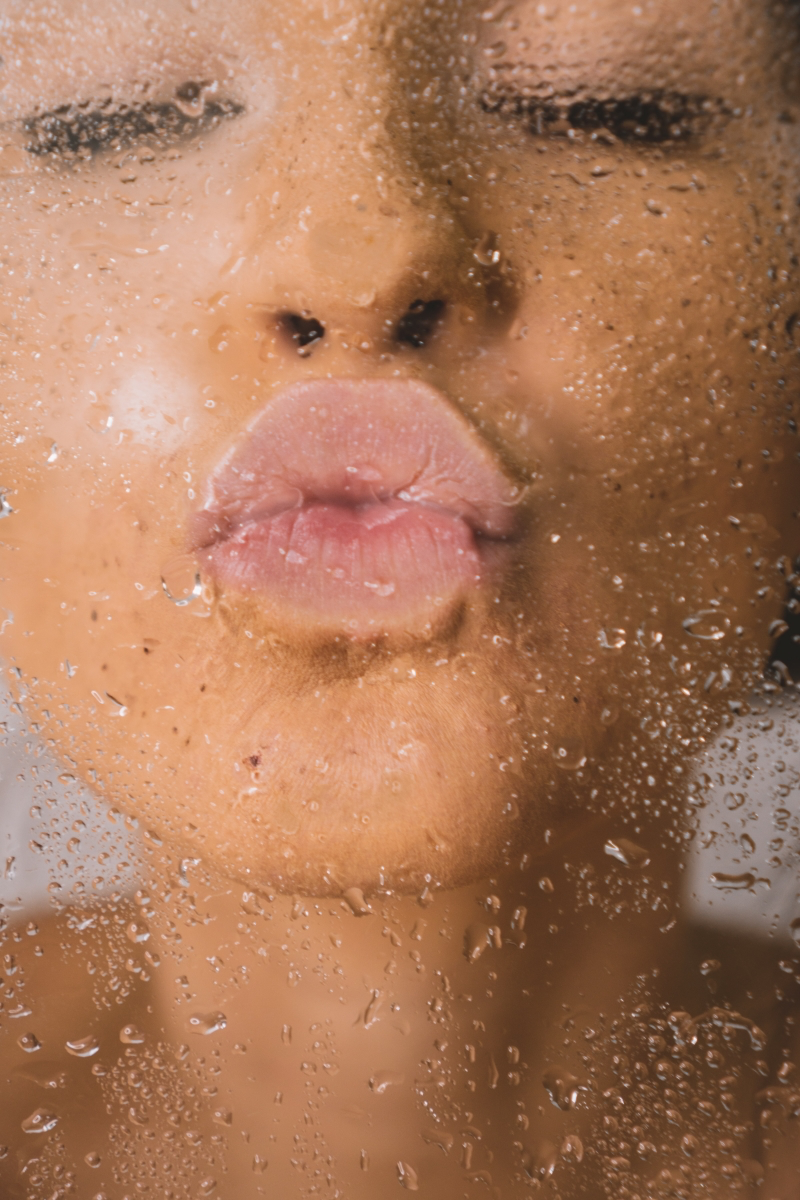
Transform your lip care into a nightly ritual. Before bed, when your skin’s repair processes are at their peak, give your lips some extra attention:
- Gently exfoliate with a mix of brown sugar and a drop of honey to slough off any flakes.
- Apply a hyaluronic acid serum (the same one you use on your face!) for a deep drink of water.
- Seal it all in with a thick, occlusive balm like Aquaphor Healing Ointment or the Laneige Lip Sleeping Mask to lock in moisture until morning.
Are you applying balm constantly with no real improvement?
The problem might not be what you’re putting on your lips, but what you’re putting in your body. Chronic chapped lips are a classic, early-warning sign of dehydration. Before you buy another balm, try increasing your water intake for a week. Sometimes the most effective cure is the simplest one.










